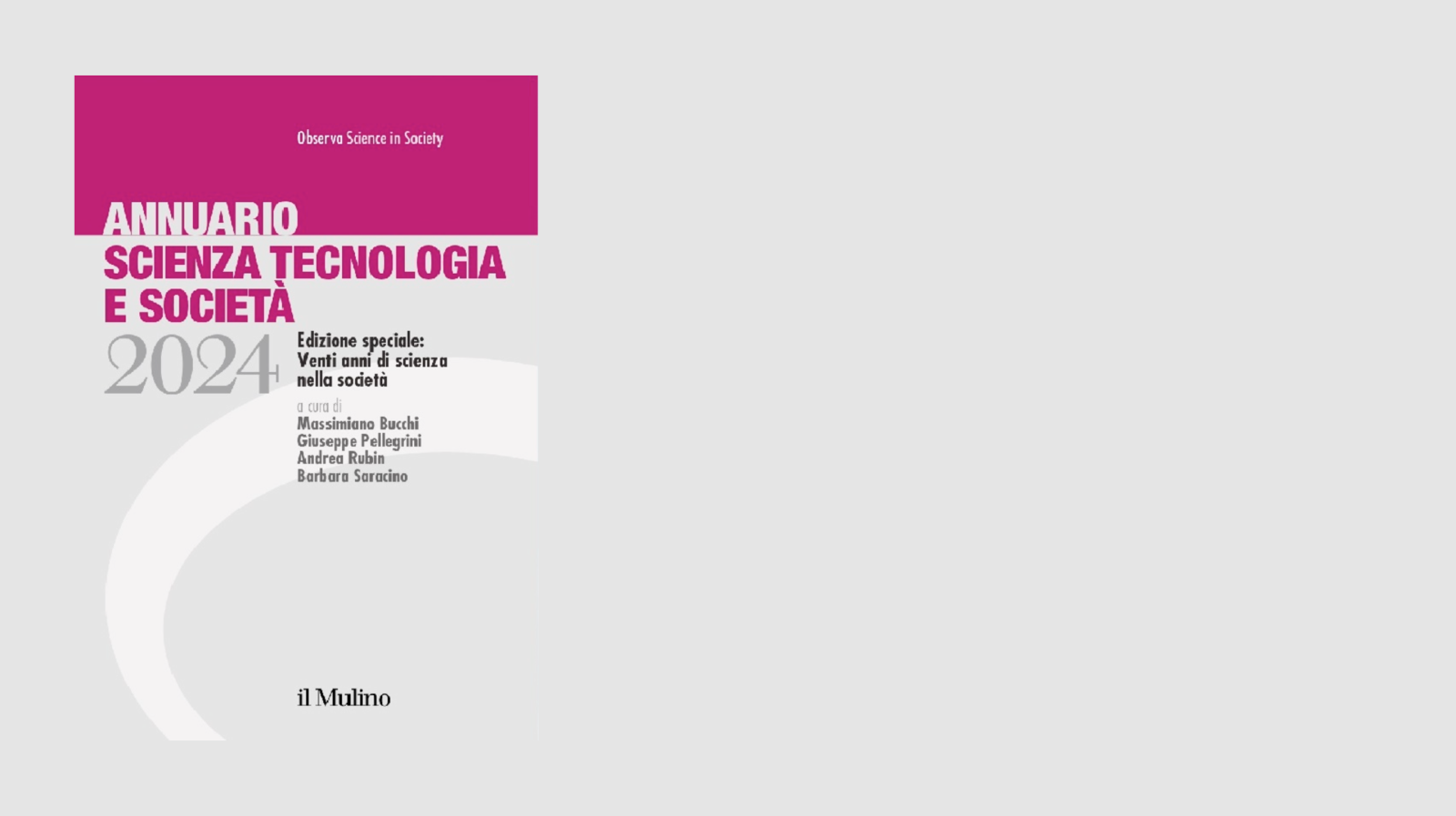The budget funding for Horizon 2020 has not been agreed yet, but the European Comission revealed yesterday (10 july 2013) the budget plan for ten specific projects, amounting to 22 billion euros. Those include five pubblic and private partnership (the Joint Technology Initiatives), that will get 6.5 billion euros from the Commission, besides 9.9 billion euros from industry.
“These are timely investments. Many competitors are investing faster than us", said the European Commissioner for Research, Innovation and Science Maàire Geoghegan-Quinn at the launch of the project, " We need to booster both pubblic and private spending if we are to stay in - never mind ahead of - the game".
Most of the budget unveiled will go to the Join Technology Initiatives in the field of innovative medicines (development of vaccines and new drugs); areonautics (development of cleaner, quieter aircraft which emit significantly less CO2); bio-based industries (development of renewable natural resources and greener products); fuel cells and electronics (boosting Europe’s electronics manufacturing capabilities). The budget will be covered with 8 billion euros taken from the Horizon 2020 source, that will be matched with approximately 10 billion euros from industry and 4 billion from national governments.
The JTIs expect
to have an unusual presence of industry committee, significantly higher than in
FP7. “We needed to bring industry back into the programme,” said
Geoghegan-Quinn. “When we asked industrial partners what was wrong, they all
said ‘It’s all wrapped up in red tape. We have an enormous administrative
burden’.”
The JTIs still under FP7 had their own funding rates and rules of participation,
while the new ones that aim to step up activities from FP7 will follow the
rules of participation for Horizon 2020.

